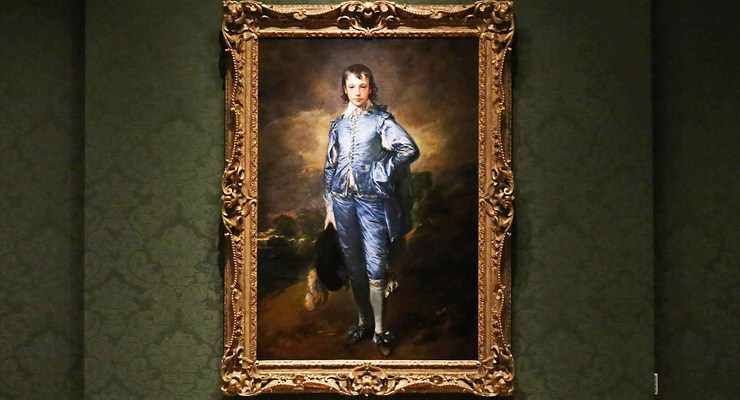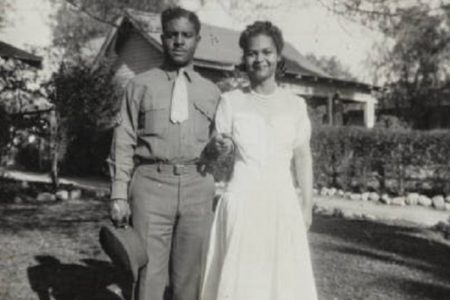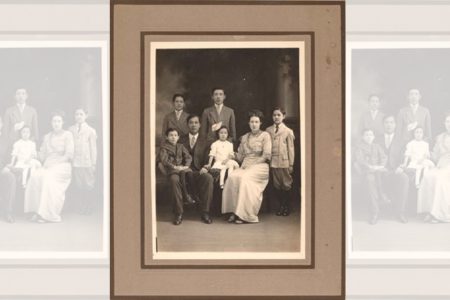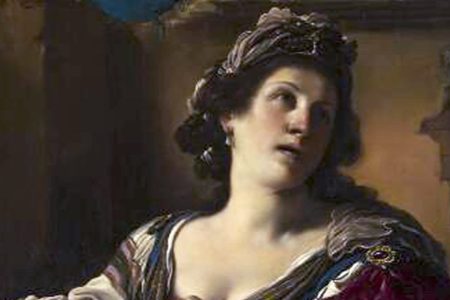
Thomas Gainsborough’s “The Blue Boy,” considered the most famous British Old Master painting on exhibit in America, is back from across the pond, safe and sound.
The masterpiece went back on display Saturday and if you haven’t seen him in his newly restored splendor, you really out to take the time to head over to The Huntington Library, Art Museum and Botanical Gardens in San Marino.
Traditionally paired with Thomas Lawrence’s “Pinkie,” “The Blue Boy” just arrived from London’s National Gallery, where he was on display between January 25 and May 3. The National Gallery was where “The Blue Boy” was last displayed for the British and European audience before Henry E. Huntington purchased the masterpiece from the Duke of Westminster and brought it to California in 1922.
This year, the painting was loaned to the National Gallery to celebrate 100 years since it was purchased and brought to the United States. It was the first time that The Huntington has loaned the painting – and it might be the last, officials at The Huntington indicated.
“The Blue Boy” was displayed at the London gallery among a small selection of related masterworks that connect to Gainsborough’s oeuvre and influences. In exchange for the loan, a work from the National Gallery’s collection was also displayed at The Huntington.
“This masterpiece has made an indelible mark on both art history and popular culture, capturing the imaginations of a wide range of audiences,” Karen R. Lawrence, The Huntington’s President, said last year. “Given ‘The Blue Boy’s’ iconic status at The Huntington, this is an unprecedented loan, one which we considered very carefully.”
Art critics had opposed the loan, warning of potential structural damage to the 250-year-old canvas from the arduous trip from San Marino to London. But Huntington officials said the decision to lend “The Blue Boy” was reached “after several years of considerable examination and discussion, and after instituting a rigorous set of protocols.”
“The long-term well-being of this iconic work has always been the Huntington’s guiding principle for any discussion about the possibility of a loan,” The Huntington said in a statement issued in response to a Los Angeles Times article in July 2021 that criticized the loan.
The Huntington had convened a panel of conservators in 2018 to study the painting’s condition and to recommend a course of conservation treatment for it. The conservation and restoration work that followed that year – called Project Blue Boy – was based mostly on the panel’s recommendations, The Huntington said.
A second panel was convened in 2019, specifically to advise the museum about possible travel. Provided with updated information about the painting’s condition and what had been learned through the extensive conservation project, the second panel had advised that the painting could be lent safely, but that it should go to one venue only – an institution of the highest caliber with stellar exhibition and conservation facilities and staff – and be transported in a state-of-the art, custom-made crate.
Gainsborough’s iconic painting first appeared in public in the Royal Academy exhibition of 1770 as “A Portrait of a Young Gentleman,” where it received high acclaim. By 1798, the painting was being called “The Blue Boy” and the nickname has stuck since then.
After Henry E. Huntington decided to purchase the masterpiece, “The Blue Boy” went on display at Trafalgar Square in London in January 1922 as part of a farewell tour. During the three weeks it was on display, about 90,000 visitors came to see the painting before it departed on a steamship for California.
For the National Gallery, this last free exhibition in London this year was a realization of what the National Gallery’s then Director Charles Holmes had scribbled on the painting’s reverse around 1922: “Au Revoir,” hoping that the painting would return one day.
The Huntington’s Karen Lawrence said the masterpiece “has made an indelible mark on both art history and popular culture, capturing the imaginations of a wide range of audiences.”
“We hope that this partnership with the National Gallery will spark new conversations, appreciation, and research on both sides of the Atlantic,” she said.
“The Blue Boy” will be back Saturday along with other European art from the 15th to the early 20th century on display in the Huntington Art Gallery, the original Huntington residence.
For more about the painting and the “Project Blue Boy” conservation process, visit www.huntington.org/project-







